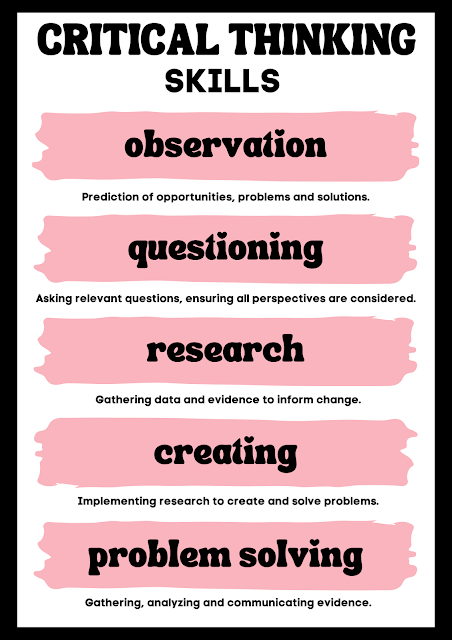Critical thinking is a disruptive cognitive process that explores alternative ways of thinking about something with the purpose of uncovering silent and untold meanings. Critical thinkers do not settle with the obvious and the taken for granted. They try to understand things from multiple perspectives taking into account as much contextual information as possible.
Meaning is socially constructed and as such it is always shaped by the lens through which it is constructed and interpreted. What might be a normal cultural act from your view can be considered an obscenity and a flagrant violation of one's culture code, from another view.
Also, meaning is layered and what the text communicates is but the tip of the iceberg. Students need to learn how to dig for deeper meanings and practice close reading. Critical thinking skills are indeed important not only for students but for any human being.
But since we are in the education context the focus is primarily on students. As a teacher, regardless of the school subject you teach, you need to ensure that students develop a critical thinking mindset, one that enables them to put to question any type of received knowledge. This can be done through the power of questioning.
Encourage students to ask questions and look at things with an investigative eye. Show them how to read between the lines and how what is not said in a text can be as much important or even more important than that which is explicitly stated.
It is only through nurturing a culture of inquiry where critical thinking elements such as problem solving, analyzing, inferring, asking questions, evaluating, are valued and emphasized that we get to raise critical thinkers capable of making informed decisions .
✔️ Talking about the power of questions and questioning and their importance in developing a critical thinking mindset, I am sharing with you this handy poster I found on Canva featuring some interesting critical thinking questions to use with your students in class.
These critical thinking questions are arranged into the following categories: who, what, where, why, when and how. You can use the questions verbatim or you can draw on them to create your own version of critical thinking questions.
The important thing is to encourage students to use critical questioning in their learning activities.
For instance, in reading activities, students can work individually or in pairs and ask and answer these critical thinking questions. The same when watching a video or an educational documentary, or when reading non-fiction, and so on.
In a world where information obesity is the norm, critical thinking skills become essential survival skills. They, and only they, can make a whole difference between information and disinformation.



